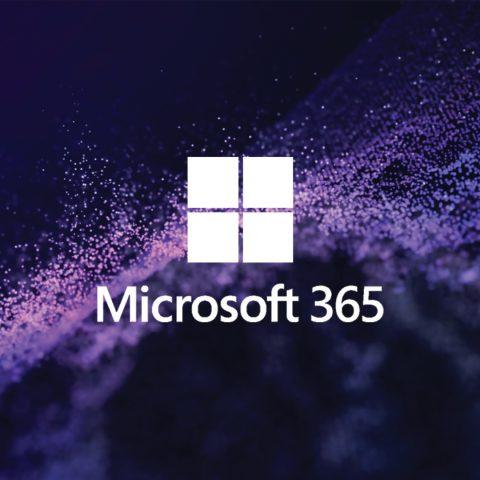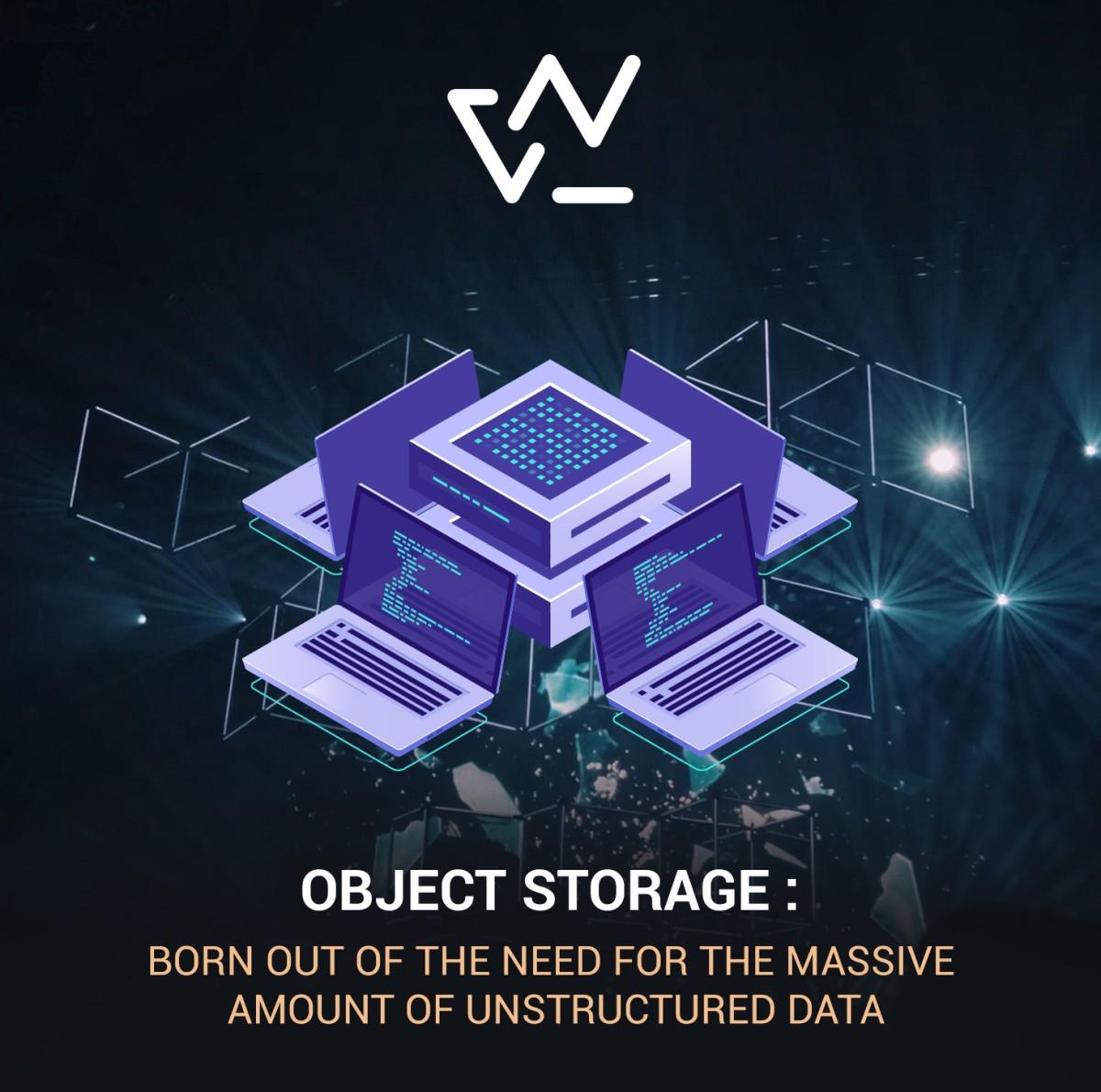BLOGS
Welcome to the WESTPOLE Blog
We keep our finger on the pulse of the IT industry and use blogs & articles to report on everything that is worth reporting on. Included bonuses: our expert opinion on the topics in question.
M365 data protection: why it really matters
Microsoft Office 365 is a powerful set of products that can help you empower your entire organization!
However, your Microsoft 365 environment can quickly become unmanageable without the proper management and data protection tools. Or worse, unexpected data loss can occur! With the combined offering from WESTPOLE, we help regain control over your M365 environment and ensure your valuable data is always well protected!
Cloud Management as a Service: why it’s better than “do it yourself”
‘Cloud Management as a Service’ or CMaaS means being able to take full advantage of the opportunity to outsource the management of a cloud infrastructure to an experienced provider. The main driver of this choice is flexibility, as well as the adoption of a more agile management system.
Governance, Risk and Compliance
There are many reasons why organizations are desperately seeking an effective and efficient structuring of the entire control framework around governance, risk and compliance. While GRC isn’t solely limited to IT security aspects, GRC frameworks often extend into quality and/or performance management as well. On a high level, GRC help organizations better define their business rules, review controls and visualize future growth, leading to reduced costs. Governance, risk and compliance can also help businesses better address cyber security risks.
Is the Cloud the Next Frontier for Employee Learning and Development?
Innovation is an essential ingredient of company growth. When business leaders apply innovative solutions to training and development, they can empower their employees with practical knowledge and expertise. Continuously sharpening employees’ skills and enabling them to acquire new ones will give a company a competitive edge in the market and help them reach a broader range of audiences.
A chat with one of our consultants – Laurent Loiseau
Explore WESTPOLE through the eyes of one of our consultants, Laurent Loiseau. Read everything about it in this short interview.
Journey to the cloud: when and how much is it worth it?
A lean approach that offers numerous benefits: let’s find out why Journey to the Cloud is increasingly a win-win for companies.
Native cloud: how it benefits top management
Native cloud has been talked about for quite some time as one of the most important enablers for enterprise digital transformation. If for enterprise-level companies it is a natural evolution, for less structured ones it represents a real revolution.
Outsourced Data Cloud Storage: 5 benefits for business
In 2017, 49% of companies using a SaaS (Software as a Service) service had adopted a multicloud strategy. By the end of 2022, this number is set to grow to 75%. That’s according to Gartner1, drawing attention to what is now a truth that can be shared on many fronts: the word cloud is synonymous with multicloud, given that most companies use multiple public and private clouds. This approach eliminates crucial challenges such as vendor lock-in or latency, and enables easy management of cloud costs. Thus, the need for tools to effectively administer the multicloud arises.
How Object Storage can help reduce your downtime during a ransomware attack
Ransomware is everywhere
Ransomware is everywhere. And it’s a severe threat to your business, data and continuity.
Ransomware is a type of malicious software that blocks access to a computer system until a sum of money is paid. Ransomware can infect computers through email attachments or links on websites.
Multi-Cloud Management: solution to reduce business complexities
In 2017, 49% of companies using a SaaS (Software as a Service) service had adopted a multicloud strategy. By the end of 2022, this number is set to grow to 75%. That’s according to Gartner1, drawing attention to what is now a truth that can be shared on many fronts: the word cloud is synonymous with multicloud, given that most companies use multiple public and private clouds. This approach eliminates crucial challenges such as vendor lock-in or latency, and enables easy management of cloud costs. Thus, the need for tools to effectively administer the multicloud arises.










